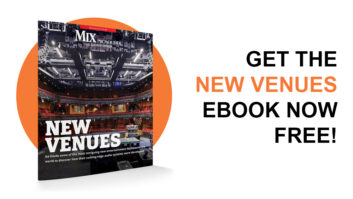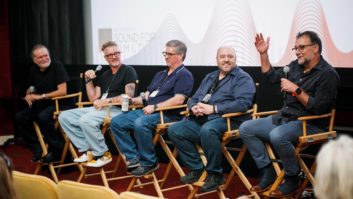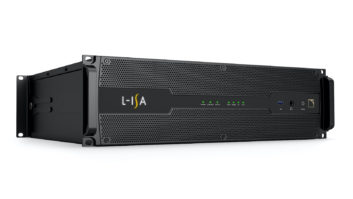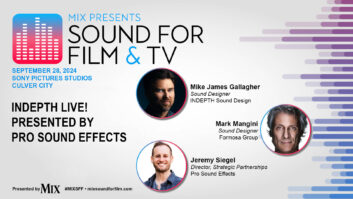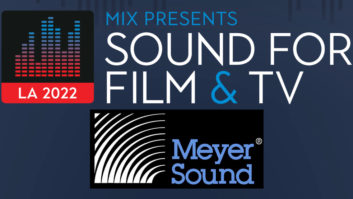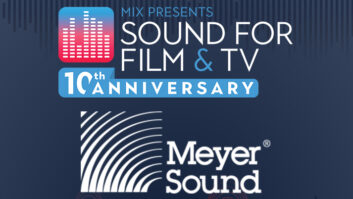
Rio De Janeiro, Brazil (May 23, 2024)—Madonna has never done anything small, but her most recent concert—the finale of her Celebration Tour, held in Rio De Janeiro earlier this month on May 4—stretched that credo to the max. An estimated 1.6 million fans turned up for the event, which was a fitting capstone for a production that included more than 80 dates around the world and sold well over 1.1 million tickets along the way.
While the tour’s audio was provided by Eighth Day Sound, a Clair Global brand, São Paulo-based sound company Gabisom took the lead on production for the closing show, which featured an impressive 624 K1, K2, and other L-Acoustics enclosures driven by a staggering 122 LA12X and 90 LA8 amplified controllers and two P1 processors. The final count was 172 K1, 80 K1-SB, 96 K2, 128 SB28, 68 KS28, 59 Kara, and 21 X8.

A massive crowd requires massive delay rigs, and those were designed with L-Acoustics Soundvision modeling software, which provided precise calculations for the unusual open-air venue. “We expected not to have any walls or anything around to reflect sound, but we also had to contend with changes of temperature on the beach; during the day, it would be hot, and then at night, we would expect it to cool at least 10 or 15 degrees—and the wind was also a very big concern for its potential to deflect sound,” said Madonna’s FOH engineer, Burton Ishmael. “In addition to that, the salt in the air and the marine layer presented challenges. That’s why we packed the system with so much power, just to overcome those elements. Speaking of which, many of the amplified controllers were only 30 meters from the waves breaking on the shore, but they never failed to solidly drive all the arrays down the beach.”

The production ultimately settled on eight stereo towers, each comprising four K1-SB, eight K1, four K2, and eight KS28 boxes. Systems engineer Andy Fitton noted that the wireless microphones used to calibrate tower speakers a half-mile away from front of house stretched Soundvision’s Autosolver tools, like Autoclimate and Autofilter, and the systems’ antennas to their maximum range. “The delay-mapping mode in Soundvision was crucial in getting that right,” he said, “and the ability to visualize the low-mid pattern in the SPL target was critical in matching the overall homogeneity of the system over 300-foot throw distances.”

“I have to say that I was completely satisfied, and I didn’t expect anything less,” said Ishmael. “The loudspeakers and amps held up tremendously. The ability to monitor what’s going on anywhere in the system at any given moment was very confidence-building. And then sonically, it was exactly what I expected from L-Acoustics—excellence, from the first note to the last.”

